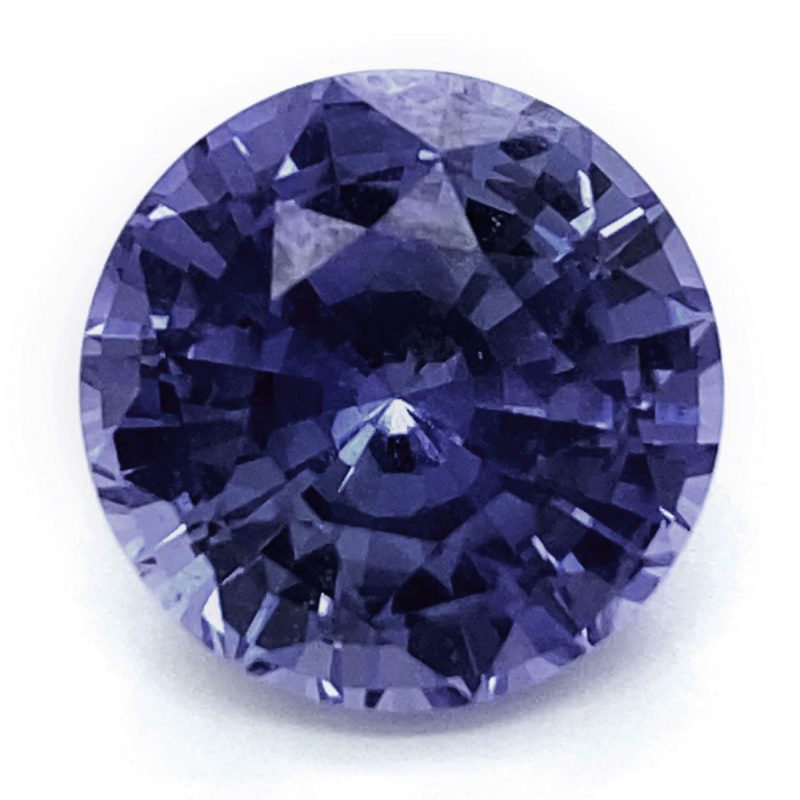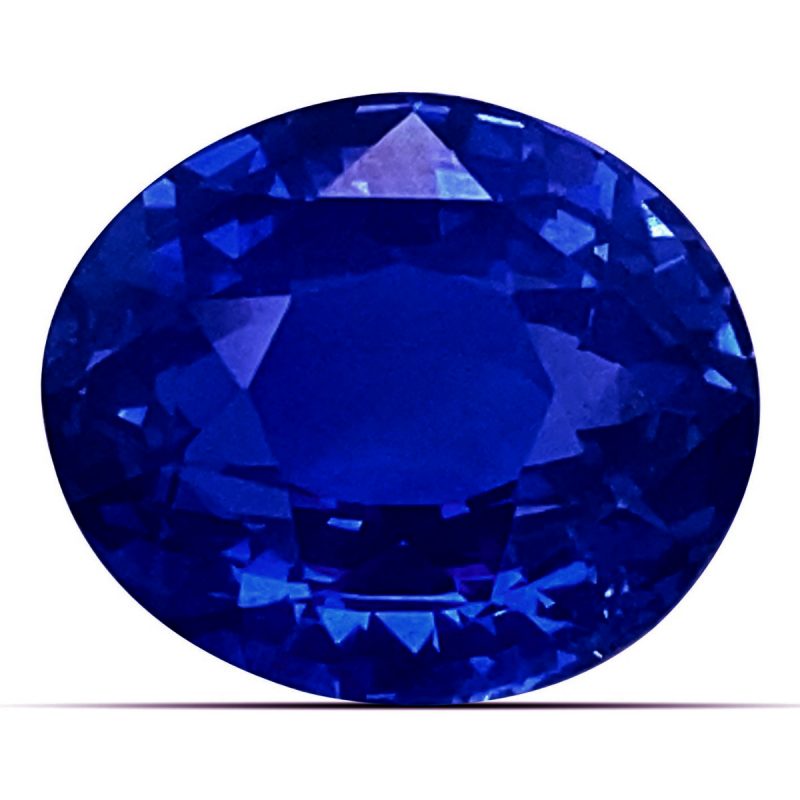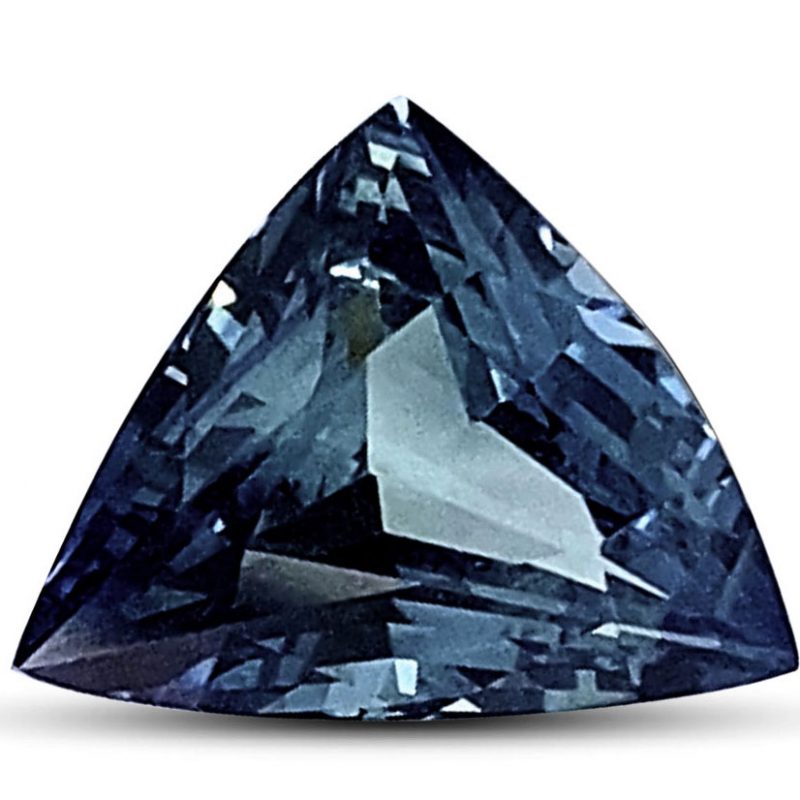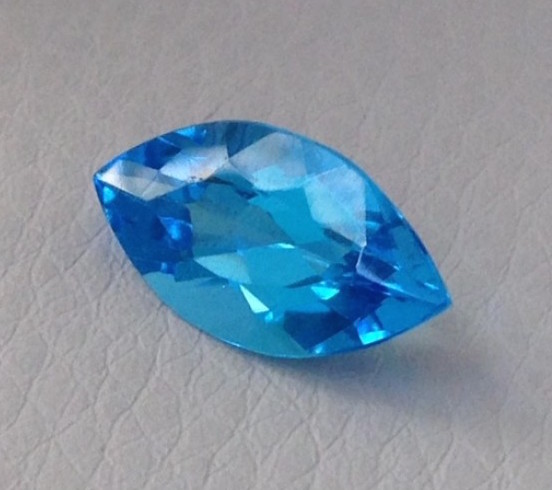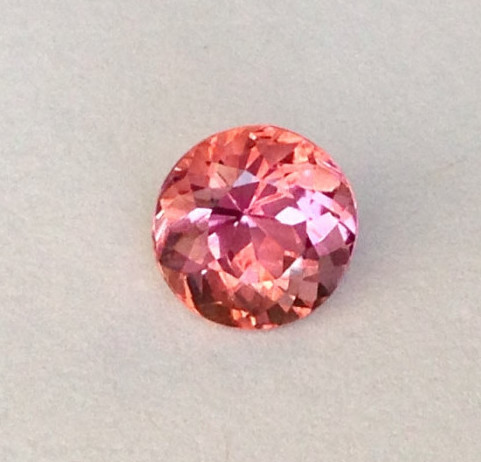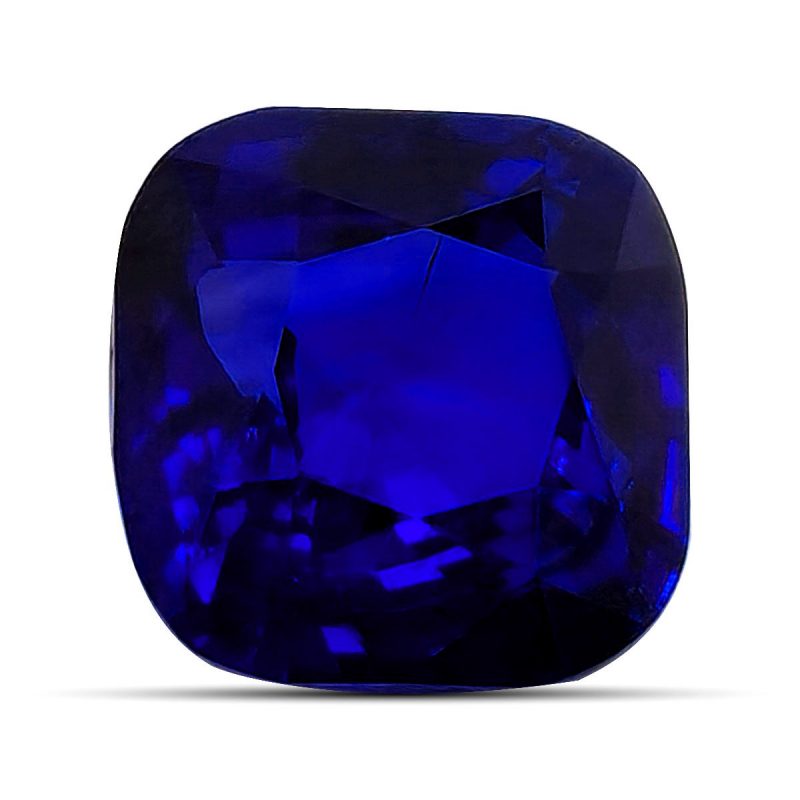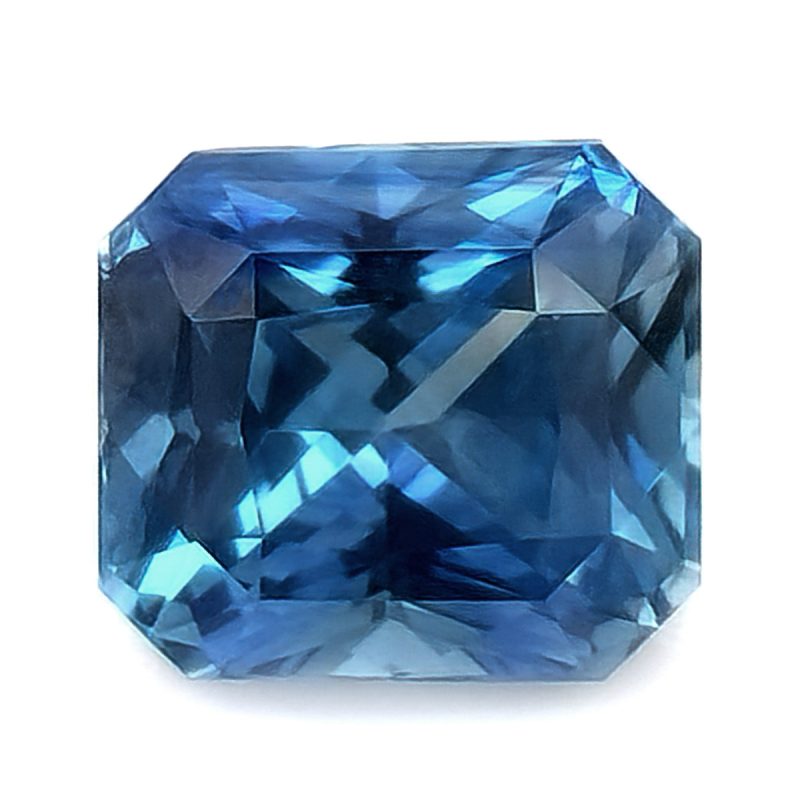If you’re a fan of cyan, cerulean, cobalt or cornflower there’s no need to feel blue! The wonderful world of gemstones has all of these beautiful blue shades and any other you can think of. Let’s take a deep dive into two stones that each cater to different sectors of the market – the spectacular blue topaz and sapphire.
Terminology – When is a Sapphire a Blue Sapphire?
The word sapphire comes from the Ancient Greek word ‘sappheiros’, which meant blue stone. In modern gemological understanding it is the name given to any color (except for red) of the mineral corundum. Most people immediately think of a blue gem when they hear the word sapphire, so much so that the word itself has come to represent a particular rich, velvety shade of dark blue. As a result, blue corundum is usually known simply as sapphire. Any other color of corundum is a ‘fancy sapphire’ and is always known by its hue – for example as yellow sapphire, pink sapphire, purple sapphire etc.
What is a Topaz?


A natural blue topaz 

Topaz Gemstone
It is generally believed that the word topaz comes from the Ancient Greek name for an island in the Red Sea – ‘Topazios’. Some also claim that this word was derived from the Sanskrit word for fire, ‘tapaz’. Whatever the origin of its name, today topaz refers to a silicate mineral that can come in a rainbow of colors. It is always referred to by its hue name, so a blue topaz is always called a blue topaz.
The Origin – Where do Sapphires Come From?
Sapphires are mined in Asia, Africa, Australia and Montana in the US. Historically though, the best specimens have come from storied mines in Burma (now Myanmar), Ceylon (now Sri Lanka) and Kashmir (in Northern India). Each location produced stones with their own distinctive characteristics. Kashmiri sapphires are prized for their cornflower blue color and their velvety texture, Burmese stones are a midnight blue and Ceylonese sapphires are a brighter more vivid shade of blue.
Where Does Blue Topaz Come From?
Natural blue topaz is a pale blue color and it is rare and difficult to find. The majority come from Brazil and a few have been found in Texas in the US (where it is now the state gem). However, 95% of blue topaz on the market did not actually start out life as blue! Developments in gem treatments in the 1970s meant colorless topaz could now be irradiated and heated to create a beautiful blue color. Two varieties became market favorites: Swiss Blue is a lovely bright blue topaz with light to moderate saturation and a light tone, while London Blue is a dark blue stone with a moderate to dark saturation and tone.
The Cost – What Should I Pay for a Sapphire?
Sapphires are one of the big three colored gemstones (along with rubies and emeralds) and they have been admired and desired for millennia. Gem lovers agree that the finest examples come from Kashmir, but because those mines were only active for a few years in the late 19th century, they are extremely rare. Consequently prices can be astronomical with the world record auction price for a sapphire achieved in at Sotheby’s Hong Kong in 2015. The Jewel of Kashmir, weighing 27.68 carats, sold for an astonishing $6,745,688 – which works out at almost $250,000 per carat.
If a quarter of a million dollars per carat seems a bit much, don’t worry! There are numerous beautiful sapphires available to suit any budget. Carat, Cut, Color and Clarity all play a major role in a sapphire’s value. Whether the stone has been heat treated or not can also make a difference to its price. This is where it is important to consult a reputable gem dealer who will help you to navigate these factors and land on the stone that is perfect for you.
What Should I Pay for a Blue Topaz?
Before the advent of treatments, the only available blue topaz was natural. As this stone was rare, it was therefore relatively expensive. Treated blue topaz entered the market in the 1970s in spectacular bright, deeply saturated shades of blue that were far more desirable than their natural counterparts. These treated stones originally sold for $20 to $40 per carat, far less than their natural cousins. The plentiful and cheap supply of colorless topaz and the ease of treatment meant that the market was soon flooded and prices dropped to a few dollars per carat.
Today Swiss Blue and London Blue fetch the highest prices for blue topazes. Again, as with sapphires, it is advisable to talk to a trusted gemstone dealer to discuss factors that impact value and to ensure that you get the best quality stone for the best price.
A Winning Color
Whatever your budget and preference you are sure to find a blue stone that you can’t resist. At JupiterGem we have a wide range of blue topazes and sapphires in stock and ready to ship. We’d love to help you make the right choice!

